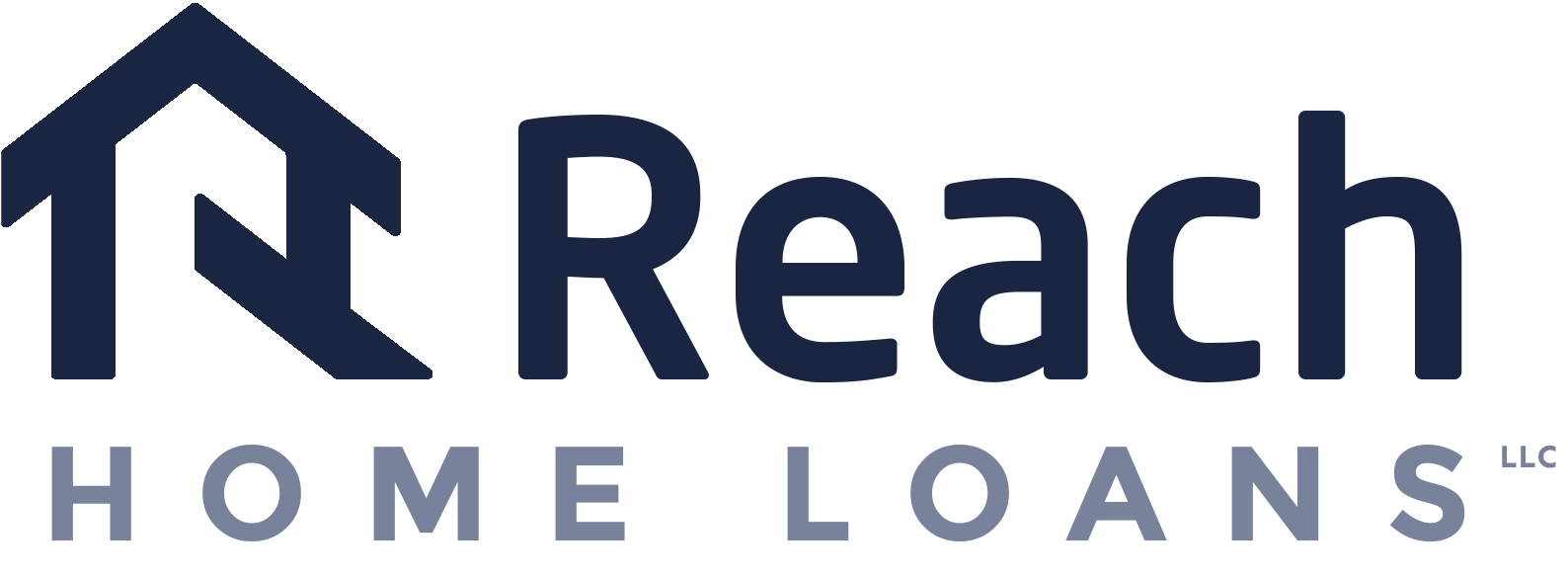Conventional Mortgage Loans: Just How They Compare to Various Other Loan Options
Conventional Mortgage Loans: Just How They Compare to Various Other Loan Options
Blog Article
The Essential Variables to Think About When Choosing In Between Fixed-Rate and Adjustable-Rate Home Loan Car Loans
When reviewing home loan choices, consumers encounter a crucial choice between adjustable-rate and fixed-rate lendings, each offering possible mistakes and distinctive benefits. Key considerations such as rates of interest security, predictability in month-to-month repayments, and the effects of prospective rate modifications can substantially influence lasting financial wellness. Comprehending the awaited duration of homeownership and the general price of borrowing can form one's technique. As these aspects link with individual economic situations and take the chance of tolerance, the implications of this option may not be as uncomplicated as they appear. What subtleties should be focused on in this essential decision-making procedure?
Interest Rate Stability
When choosing a home loan, recognizing rates of interest security is vital for educated decision-making. Rates of interest can dramatically affect the general cost of a home loan, and identifying the nature of these rates is vital for consumers. Fixed-rate mortgages offer the benefit of constant regular monthly payments over the life of the financing, protecting consumers from market variations. This stability allows house owners to prepare their financial resources with better certainty, as they will not be impacted by climbing rate of interest.
On the other hand, variable-rate mortgages (ARMs) begin with reduced initial rates that may change regularly based on market conditions. While this can cause lower payments initially, it likewise presents unpredictability, as consumers might encounter enhanced settlements if passion prices rise. For those considering an ARM, it is essential to analyze the likelihood of price adjustments, the capacity for repayment rises, and the size of the first fixed-rate period.
Eventually, the option in between fixed-rate and adjustable-rate home mortgages depends upon specific danger resistance and monetary scenarios. Understanding rate of interest security aids consumers make educated choices that line up with their lasting economic goals.
Month-to-month Payment Predictability
While debtors commonly focus on rate of interest security, the predictability of monthly repayments is equally vital in the home loan option procedure (Conventional mortgage loans). Regular monthly repayment predictability plays an important function in budgeting and financial planning, as it directly influences a home owner's capital and general monetary health
Fixed-rate mortgages supply a consistent monthly payment throughout the life of the car loan, allowing consumers to expect and plan their expenditures effectively. This stability can be particularly beneficial for newbie homebuyers or those on a set revenue, as it eliminates the uncertainty related to rising and fall settlements.
Alternatively, variable-rate mortgages (ARMs) normally include lower first settlements that can alter over time, causing prospective irregularity in month-to-month obligations. While at first attractive, this unpredictability can make complex financial planning, especially if borrowers do not represent future rate changes.
Possible Rate Adjustments
In the realm of adjustable-rate home loans (ARMs), possible rate adjustments stand for a substantial factor that consumers need to meticulously consider. Unlike fixed-rate home mortgages, where the rates of interest remains the same for the life of the lending, ARMs are identified by fluctuating rates of interest that are tied to market indices. This variability can lead to substantial changes in monthly repayments, affecting the customer's financial planning and budgeting.
Generally, ARMs have an initial fixed-rate duration during which the rate of interest is steady. Hereafter duration, nonetheless, the price changes at fixed periods-- generally annually. Borrowers must know the margin and index made use of to determine these modifications, as they directly influence future rate of interest. Furthermore, ARMs usually include caps that limit just how a lot the rate of interest can boost at useful site each change and over the life of the funding, which can supply some level of protection versus drastic price hikes.
Understanding these potential modifications is essential for consumers, as they straight affect long-term payment responsibilities. Therefore, assessing individual financial scenarios and run the risk of tolerance is necessary when determining whether an ARM lines up with one's economic objectives.
Car Loan Term Considerations
Lending term considerations play a critical function in the decision-making procedure for debtors picking between fixed-rate and adjustable-rate home loans. The length of the car loan term considerably influences monthly settlements, rate of interest prices, and total financial planning.

Eventually, customers must analyze their individual circumstances, financial objectives, and market problems when considering the implications of car loan term selections within each mortgage type.

Total Price of Loaning
The general expense of borrowing is an essential factor that can significantly affect a debtor's choice between fixed-rate and adjustable-rate home mortgages. Fixed-rate mortgages offer predictable monthly payments, as the rates of interest continues to be consistent throughout the car loan term. This predictability can result in lower total costs, especially in a stable or declining rate of interest rate atmosphere. Customers can spending plan efficiently, understanding their repayments will not fluctuate.
Conversely, adjustable-rate home loans (ARMs) commonly begin with lower first rates, causing decreased upfront expenses. These prices can raise after a preliminary period, leading to potentially greater lasting expenses. Customers need to think about the frequency and level of rate adjustments, along with the total financing duration, more tips here to properly examine the monetary effects.
Additionally, the total price of borrowing includes not only rate of interest yet also fees and various other associated expenses, such as closing costs and insurance (Conventional mortgage loans). When examining mortgage alternatives, consumers must perform a thorough expense evaluation over the life of the finance. By doing so, they can make an educated decision that lines up with their economic objectives and take the chance of tolerance
Conclusion
Interest rate security and monthly settlement predictability are paramount for reliable budgeting, while the possibility for price changes in ARMs presents monetary uncertainty. Additionally, the awaited duration of homeownership and the general cost of borrowing, including rate of interest rates and associated charges, have to straighten with individual monetary conditions and risk tolerance.
Trick factors to consider such as rate of interest rate security, predictability in monthly settlements, and the ramifications of potential price changes can considerably influence long-lasting economic wellness. Passion prices can considerably influence the general cost of a mortgage, and identifying the nature of these rates is important for customers. Unlike fixed-rate home loans, where the interest rate remains the same for the life of the loan, ARMs are defined by rising and fall rate of interest rates that are tied to market indices. In addition, ARMs typically include caps that restrict just how much the rate of interest rate can enhance at each change and over the life of the loan, which can give some level of protection versus radical rate walks.
Interest price stability and regular monthly repayment predictability are critical for effective budgeting, while the capacity for price modifications in ARMs introduces economic uncertainty.
Report this page